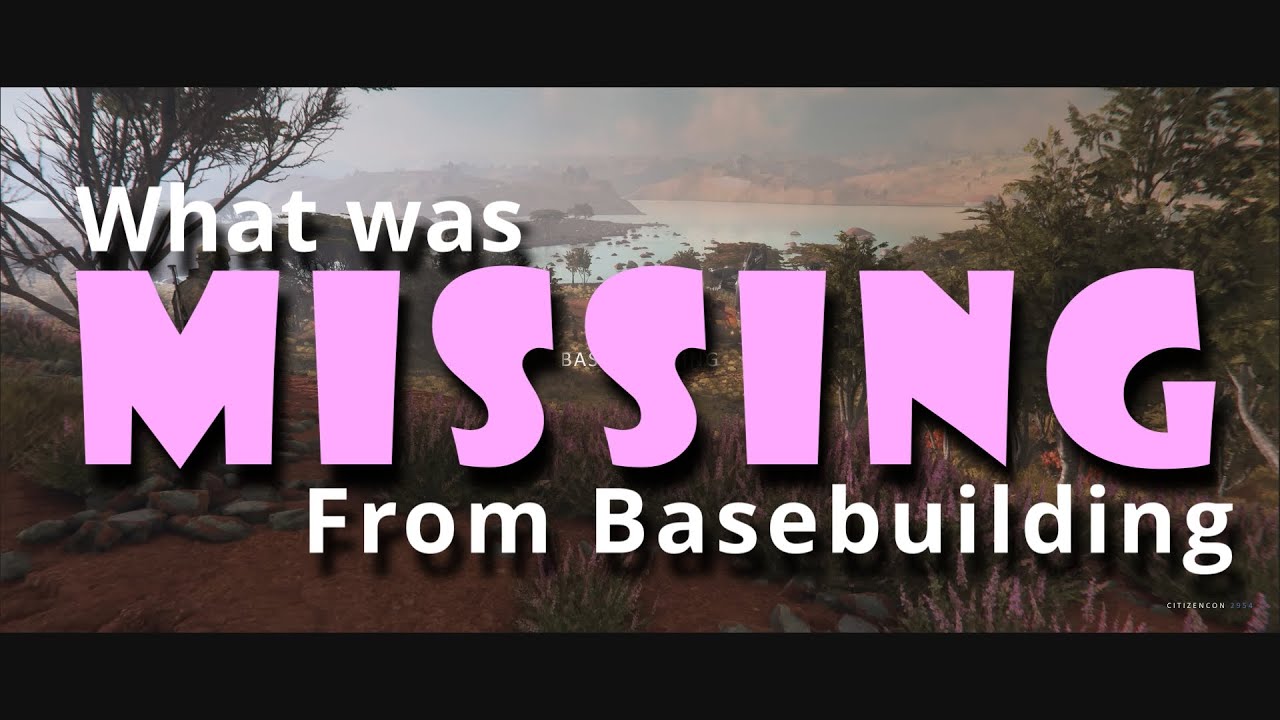In the video, Daniel Rayman critiques the base building system showcased at CitizenCon 2024, arguing that the simplistic “plop and build” approach lacks the necessary planning and collaboration for creating functional bases. He emphasizes the importance of defined roles—planner, designer, sequencer, and approver—in ensuring an organized and efficient construction process, advocating for structured methodologies even for individual players.
In the video, Daniel Rayman, the voice behind Rays Guide, discusses the shortcomings of the base building system presented at CitizenCon 2024. He emphasizes that while the demo showcased a simplistic “plop and build” methodology, this approach is inadequate for creating complex and functional bases. Rayman argues that successful base building requires careful planning, collaboration, and specific roles within a team, rather than chaotic and uncoordinated construction by multiple players.
Rayman outlines the critical roles necessary for effective base building: the planner, designer, sequencer, and approver. The planner is responsible for assessing the organization’s goals and site capacities, ultimately producing a detailed list of requirements for the base. This role is vital in ensuring that the base meets both functional and strategic needs. He stresses that without reliable data on various building elements, effective planning becomes nearly impossible.
The designer’s job follows the planner’s work, focusing on creating an efficient and aesthetically pleasing layout based on the planner’s specifications. Rayman critiques the need for a large tower for overseeing construction, suggesting that this feature is unnecessary and could complicate the process. Instead, he advocates for a more streamlined approach that allows for better communication and collaboration among team members.
The sequencer is tasked with assigning phases and priorities to different construction elements, ensuring that critical structures, such as power plants, are built first. Rayman highlights the importance of sequencing in both construction and repair processes, as it dictates the order in which buildings are constructed or restored after damage. He argues that a well-structured sequence is essential for maintaining order and efficiency.
Finally, the approver serves as the client who reviews and approves the plans before construction begins. Rayman emphasizes that while these roles can be filled by different individuals, it is crucial for organizations to assign rights appropriately to ensure that the base building process is efficient and organized. He concludes by encouraging even individual players to adopt these structured processes for better results in personal base building.
the-eradicator reacts:
In the video, Daniel Rayman critiques the base building system showcased at CitizenCon 2024, highlighting the need for structured teamwork and planning to create large, functional bases rather than just simple personal hideouts. He emphasizes the importance of designated roles, reliable data for decision-making, and collaboration among team members to ensure efficient and organized base construction.
In the video, Daniel Rayman from Race Guide discusses the shortcomings of the base building system showcased at CitizenCon 2024. He emphasizes that while the demonstration highlighted a simple “plop and build” methodology suitable for small structures, the real challenge lies in constructing large, functional bases that require teamwork and planning. Rayman argues that the measure of success for base building should not be limited to personal hideouts but should also encompass the ability to create organized, efficient, and defensible structures that can accommodate the needs of larger organizations.
Rayman points out that the chaotic nature of players freely placing structures without a structured approach will likely lead to disorganized and ineffective bases. He stresses the importance of having designated roles within a team, such as planners, designers, and sequencers, to ensure that the construction process is efficient and meets the organization’s goals. Without this structure, the interest in base projects may wane as players become frustrated with the disorderly outcome.
The video also highlights the need for reliable data to support decision-making in the base building process. Rayman notes that game companies often withhold detailed statistics, which can hinder players’ ability to plan effectively. He argues that having access to specific data about resources, building capacities, and other key metrics is crucial for successful base construction and management, drawing parallels to real-world scenarios where data is readily available.
Rayman elaborates on the roles involved in base building, explaining that the planner must create a comprehensive list of requirements for the base, while the designer focuses on creating an aesthetically pleasing and functional layout. He emphasizes that collaboration among team members is vital, as different aspects of the base require different skills. The sequencer plays a critical role in determining the order of construction based on priorities, ensuring that essential structures are built first.
Finally, Rayman discusses the role of the approver, who gives the final go-ahead for construction once the plan, design, and sequencing are aligned. He acknowledges that while this structured approach may seem overwhelming, it ultimately leads to better results. For smaller organizations or personal projects, players may not need to follow this rigorous process, but doing so can significantly enhance the quality of the final outcome. The video concludes with Rayman encouraging viewers to consider these insights for their own base building endeavors in Star Citizen.

